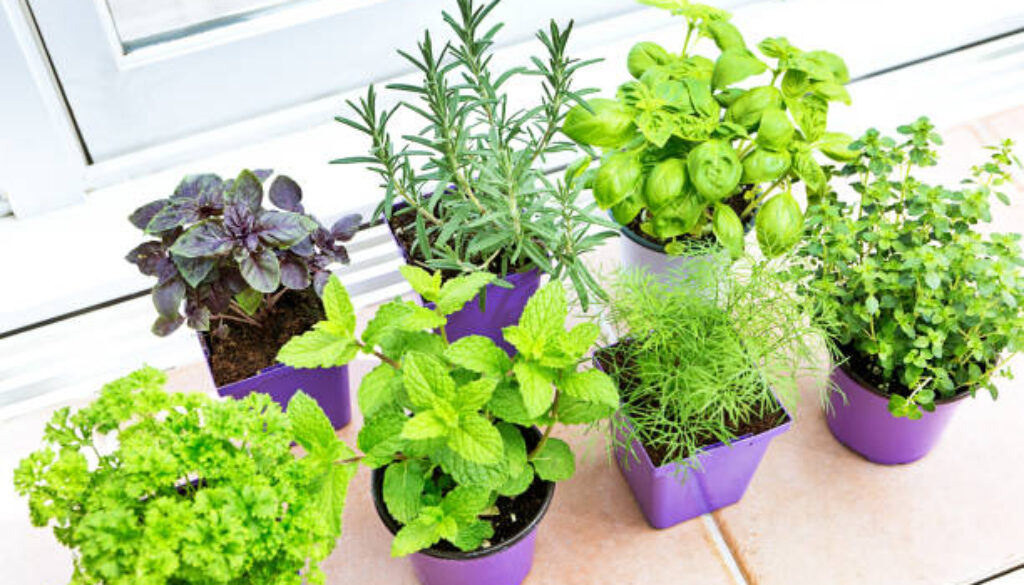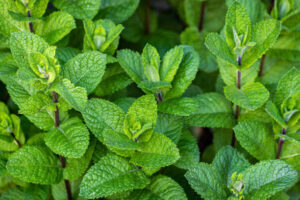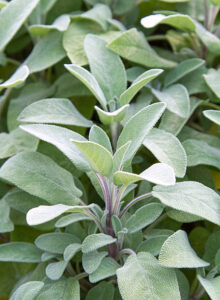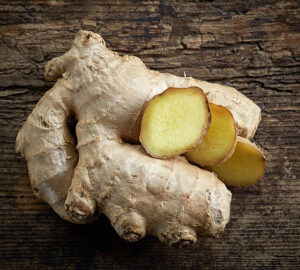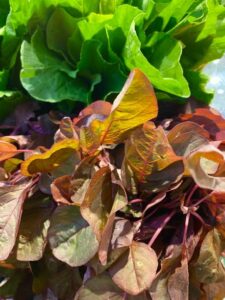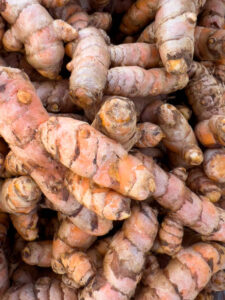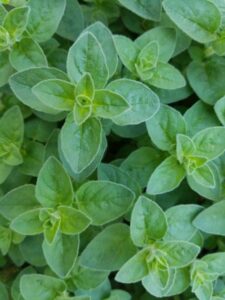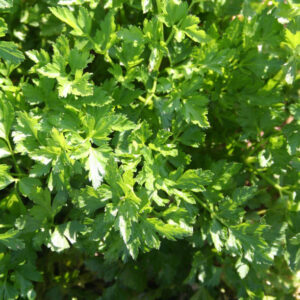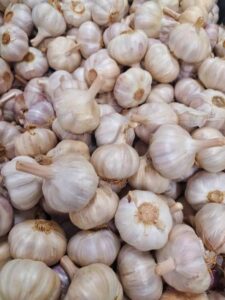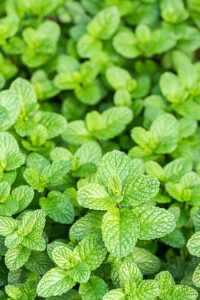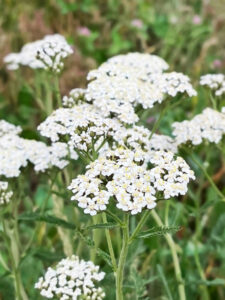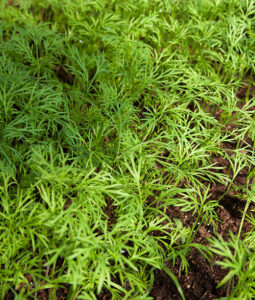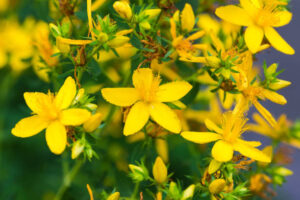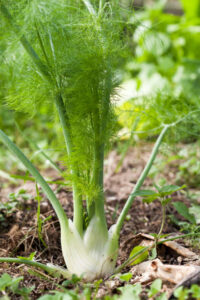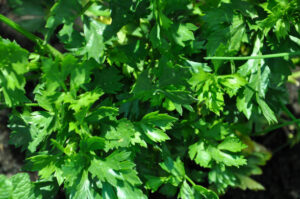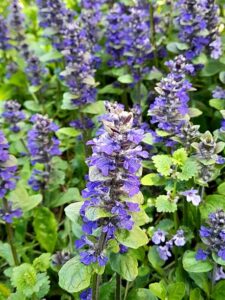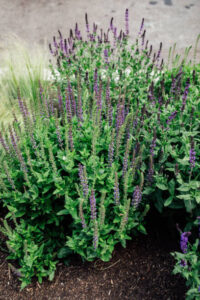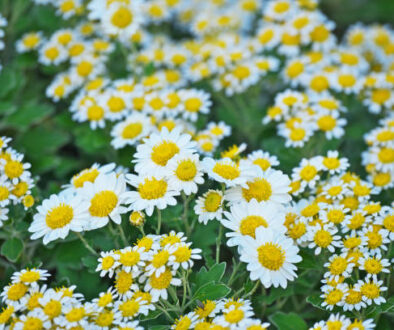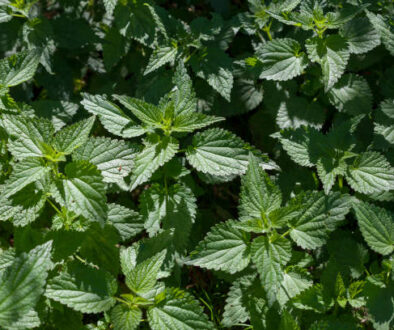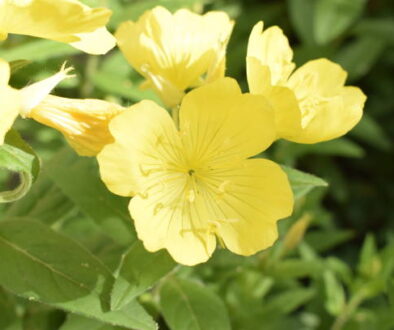26 Medicinal Plants for Your Garden: Natural Healing Remedies at Your Fingertips
This post may contain paid and/or affiliate links. I may earn a small commission at no extra cost to you.
If you’ve been thinking about turning your backyard into more than just a pretty space, I am here to show you exactly how to do that in the easiest way.
Imagine stepping outside and picking fresh healing plants for tea, soothing balms, or even homemade remedies.
That’s the magic of a Medicinal Herbs Garden, it’s not just beautiful, it’s practical.
Whether you’re adding them to your Plantarea Legumelor or creating a dedicated healing garden, these plants bring both charm and purpose to your yard.
Growing your own healing herbs means you control what goes into them, no chemicals, no mystery.
Plus, you save money and have instant access to natural healing remedies right at home.
You don’t need acres of land or a degree in gardening to do it.
With the right choices, even a small space can thrive.
Ready to start growing herbs that boost your health and make your landscaping more vibrant?
Well, let’s get into the 26 best ones for your garden.
Related:
- 15 Must-Have Medicinal Plants That Make the Perfect Herbal Tea Garden
- 28 Essential Herbs You Should Plant In Your Apothecary Healing Garden
- 12 Best Medicinal Herbs to Grow + Their Powerful Benefits
1. Aloe Vera – The Skin’s Best Friend
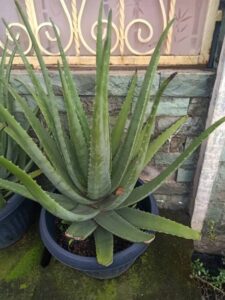
If there’s one plant your healing garden shouldn’t skip, it’s aloe vera.
This succulent works wonders on burns, cuts, and dry skin.
💡Quick Note: Learn How To Transform A Typical Money-Draining House Into A Tiny Profitable Off-The-Grid Homestead. Click Here To Get Started Now!
Snap a leaf, squeeze out the gel, and you’ve got an instant natural moisturizer or burn soother.
The best part? It’s almost impossible to kill. Aloe thrives in sunny spots and doesn’t mind if you forget to water it now and then.
In your Plantarea Legumelor, it adds texture alongside leafy greens while pulling its weight as one of the most versatile healing plants you can grow.
2. Chamomile – Nature’s Calming Tea
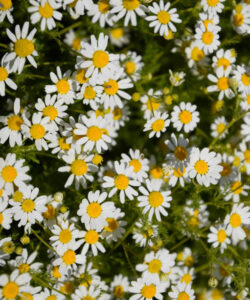
Chamomile might look like a delicate daisy, but really it’s a powerhouse in your medicinal herbs garden.
Its dried flowers make a calming tea that’s perfect for winding down before bed or easing an upset stomach.
Chamomile prefers sunny spots and well-drained soil.
Plant it along pathways so you can brush past and enjoy its sweet, apple-like scent.
Aside from its natural healing remedies, chamomile attracts pollinators, which means a healthier Plantarea Legumelor overall.
3. Lavender – Aromatic Stress Relief
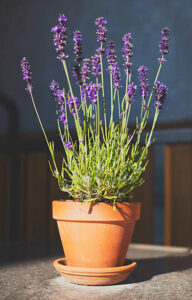
Lavender is more than just a pretty purple flower, it’s a stress-busting superstar.
Its soothing scent can help you relax, sleep better, and even keep moths away from your closet.
This healing herb thrives in sunny, dry spots, making it perfect for borders or containers in your landscaping plan.
Harvest the flowers to make sachets, oils, or teas. Plus, its blooms add a splash of color to your healing garden while boosting pollinator activity.
4. Peppermint – Refreshing and Energizing
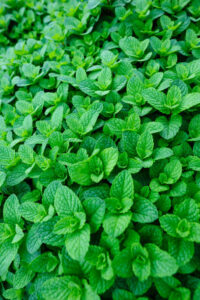
Peppermint is one of those healing plants that practically grows itself, sometimes a little too well.
It’s best kept in pots to stop it from taking over your garden.
Fresh peppermint leaves are perfect for tea, cooling balms, and even homemade toothpaste.
In your Plantarea Legumelor, it pairs well with other moisture-loving herbs, and its crisp scent can help deter pests naturally.
5. Calendula – The Golden Healer
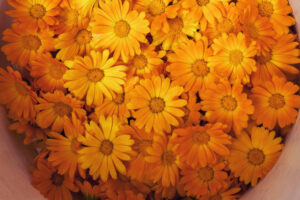
Calendula’s bright orange petals aren’t just eye-catching, they’re loaded with skin-healing properties.
You can use them to make soothing creams, teas, and salves.
💡Quick Note: 💛Love Gardening? You’ll love this Kit! The Medicinal Garden Kit is a must-have for every gardener. Click Here to Access Now!
It grows well in most soils and adds a cheerful splash of color to your healing garden.
Plus, calendula helps repel certain pests, making it a useful companion in your Plantarea Legumelor or landscaping designs.
6. Rosemary – Memory and Flavor Booster
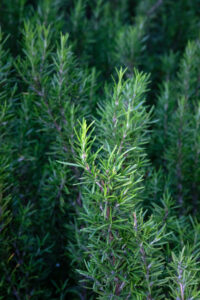
Rosemary is a fragrant healing herb that’s as good in the kitchen as it is in herbal remedies.
Studies suggest it can help with memory and concentration.
Plant it in sunny, well-drained soil, and it’ll reward you with evergreen foliage and a rich scent.
Add it to roasted vegetables, or steep it for an invigorating tea.
In your medicinal herbs garden, rosemary doubles as an ornamental shrub.
7. Echinacea – Immune Support Champion
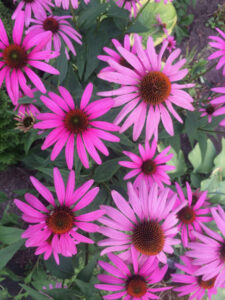
Echinacea is famous for supporting the immune system and helping to shorten colds.
Its daisy-like flowers make a bold statement in any healing garden.
Plant it in full sun with well-drained soil, and it’ll bloom year after year.
Beyond natural healing remedies, echinacea attracts bees and butterflies, boosting biodiversity in your Plantarea Legumelor.
8. Thyme – Tiny Leaves, Big Benefits
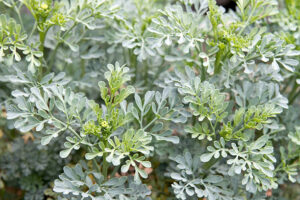
Thyme is a hardy herb that packs a punch. Its antibacterial properties make it a great choice for natural cleaners and teas for sore throats.
This healing plant thrives in poor soil and sunny spots, so it’s perfect for rock gardens or borders in your landscaping. Plus, it’s a kitchen staple you’ll use year-round.
9. Lemon Balm – Gentle Mood Lifter
Lemon balm smells like fresh lemons and works as a gentle mood booster.
It’s perfect for teas that help with stress and sleep.
This healing herb prefers partial shade and moist soil, so tuck it into a corner of your medicinal herbs garden.
Its bright green leaves also make a pretty addition to any garden bed.
10. Sage – The All-Purpose Healer
Sage isn’t just for Thanksgiving stuffing—it’s a healing plant with antibacterial and anti-inflammatory benefits.
Brew it into tea for sore throats or use it in cooking for flavor and health.
It loves full sun and well-drained soil, making it easy to add to your Plantarea Legumelor or healing garden.
11. Ginger – Warming and Healing Root
If you’ve got a warm climate or a sunny windowsill, you can grow ginger for teas, soups, and natural nausea relief. This healing herb loves rich, moist soil and steady warmth.
In your medicinal herbs garden, ginger’s lush green leaves add a tropical feel while providing one of the most potent natural healing remedies.
12. Basil – More Than a Kitchen Herb
Basil isn’t just delicious, it’s rich in antioxidants and has antibacterial properties.
This healing plant thrives in sunny spots and well-drained soil.
In your Plantarea Legumelor, it pairs perfectly with tomatoes and peppers, boosting growth and flavor.
Fresh leaves make incredible pesto and teas.
13. Turmeric – Golden Root of Wellness
Turmeric’s bright yellow root is a natural anti-inflammatory.
It needs warmth, moisture, and patience, it can take up to 8 months to mature.
💡Quick Note: Learn How To Transform A Typical Money-Draining House Into A Tiny Profitable Off-The-Grid Homestead. Click Here To Get Started Now!
Add it to your healing garden for both its health benefits and striking foliage.
Use it in curries, smoothies, or as a homemade supplement.
14. Oregano – Immune-Boosting Powerhouse
Oregano is packed with antioxidants and supports immune health.
It’s a hardy healing herb that thrives in sunny, dry conditions.
In your medicinal herbs garden, it’s low-maintenance and high-reward.
Fresh or dried, oregano makes a flavorful addition to many dishes.
15. Parsley – Nutrient-Rich and Fresh
Parsley’s more than just a garnish; it’s full of vitamins and minerals.
It grows well in full sun or partial shade, making it flexible for your Plantarea Legumelor.
Use it fresh in salads, soups, and juices for a nutrient boost.
16. Garlic – Nature’s Antibiotic
Garlic is a staple in both kitchens and healing gardens.
Its antibacterial and antiviral properties make it a go-to for fighting colds and supporting immunity.
Plant cloves in the fall for summer harvests. Fresh garlic boosts both flavor and health.
17. Mint – Cooling and Digestive Aid
Mint comes in many varieties, from spearmint to chocolate mint.
All help with digestion and freshen breath.
Grow it in containers to control its spread, and enjoy it in teas, desserts, or infused water.
18. Yarrow – Ancient Healer
Yarrow’s feathery leaves and clusters of flowers have been used for centuries to stop bleeding and reduce inflammation.
It thrives in poor soil and full sun, making it a tough yet beautiful choice for your landscaping.
19. Dill – Digestive and Culinary Delight
Dill’s airy fronds and yellow blooms look great in any Plantarea Legumelor.
It helps with digestion and makes an excellent seasoning for fish, salads, and pickles.
20. St. John’s Wort – Mood Support
Known for its bright yellow flowers, St. John’s Wort is used for mood support.
It prefers sunny spots and well-drained soil. Just be aware it can spread quickly, so give it space.
21. Fennel – Sweet and Soothing
Fennel’s seeds and bulbs aid digestion and add a sweet flavor to dishes.
It grows tall and feathery, making it a striking feature in your medicinal herbs garden.
22. Coriander – Flavor and Healing in One
Coriander (or cilantro) offers both fresh leaves and seeds with health benefits, including aiding digestion.
It grows quickly in cool seasons and adds fresh flavor to countless dishes.
23. Hyssop – Respiratory Relief
Hyssop’s purple-blue flowers and aromatic leaves make it a stunning addition to a healing garden.
It’s often used in teas for respiratory health and thrives in sunny, dry spots.
24. Catnip – Not Just for Cats
Catnip helps with relaxation and mild insomnia in humans.
Its gray-green leaves and tiny flowers make it a pleasant addition to borders or containers.
25. Valerian – Sleep Support Root
Valerian root is well-known for promoting sleep and relaxation.
It prefers moist soil and partial shade, and its tall stems and sweet-scented flowers add height to your garden.
26. Comfrey – Powerful Healer
Comfrey’s large leaves have been used in salves for centuries to help with bruises and sprains.
It grows vigorously, so give it space in your healing garden.
Conclusion
Building a medicinal herbs garden isn’t just about growing plants, it’s about creating a living source of natural healing remedies that you can reach for anytime.
Whether you’re blending teas, making salves, or simply enjoying the scents and colors, these healing herbs bring both health and beauty into your life.
Even if your Plantarea Legumelor is small, these 26 plants can fit right in, adding function to your landscaping while boosting your well-being.
FAQs
- Do medicinal herbs need special soil?
Most healing plants thrive in well-drained soil. Some prefer richer soil, but many are surprisingly adaptable. - Can I grow medicinal herbs in pots?
Yes! Many healing herbs like mint, basil, and chamomile grow well in containers, making them perfect for balconies or patios. - Are all medicinal plants safe to consume?
Not always. Some have strong effects and should be used in moderation or with guidance from a healthcare professional. - How much sunlight do medicinal herbs need?
Most need 6–8 hours of sunlight daily, but shade-tolerant ones like lemon balm or parsley can thrive with less.
